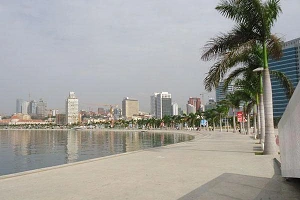Venezuela’s National Telecommunications Commission (Comision Nacional de Telecomunicaciones, Conatel) has published its National Telecommunications Plan for 2023-2025.
Updates from the regulator have been sparse since at least 2020, so the document offers valuable insight into Venezuela’s goals for the sector over the next two years. The country has been in an economic spiral since 2014.
Key objectives include phasing out 2G connectivity by end-2025, with 4G set to take its place. As reported by TeleGeography, Digitel begun shutting down its 2G network in May 2021, with the local unit of Movistar commencing the process on 1st July 2022. This leaves state-backed Movilnet as the sole 2G provider.
To replace 2G, Conatel hopes that around 2100 new 4G cell sites to be deployed by 2025, which will equate to roughly 90% population coverage. However, as we reported last year, as much as 40% of Venezuela’s population has no internet access at all and demand still vastly outstrips supply.
Nonetheless, the regulator appears upbeat – it has expressed its belief that a 5G trial will be underway before the end of 2023, and expects a 700MHz migration to commence in the same timeframe. It has earmarked 2024 for a public auction of 5G spectrum.
Venezuela’s infrastructure is reportedly decrepit and in dire need of investment, and Conatel appears optimistic that the country’s ISPs will deploy new fibre routes across the next three years. It has set the goal of reaching 1.8 million fibre-to-the-home (FTTH) subscriptions by end-2025, with the hopes of growing subscriber numbers year-on-year from 500,000 in 2023 to 600,000 in 2024 and 700,000 in 2025.
























